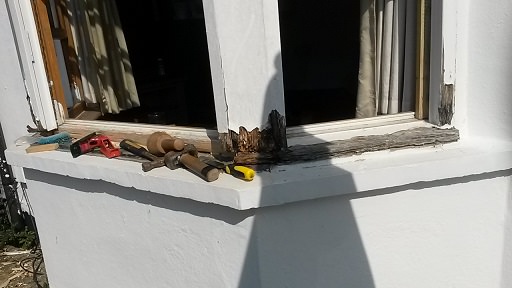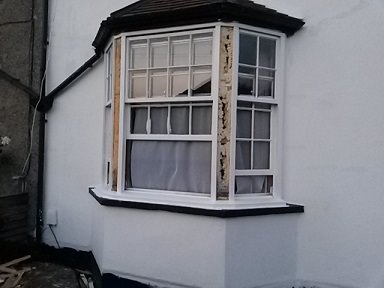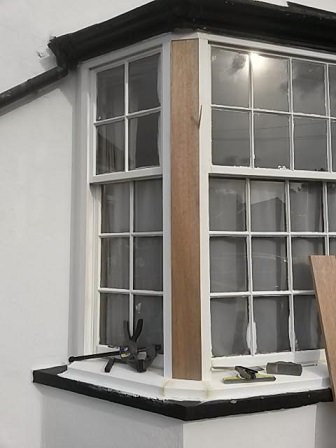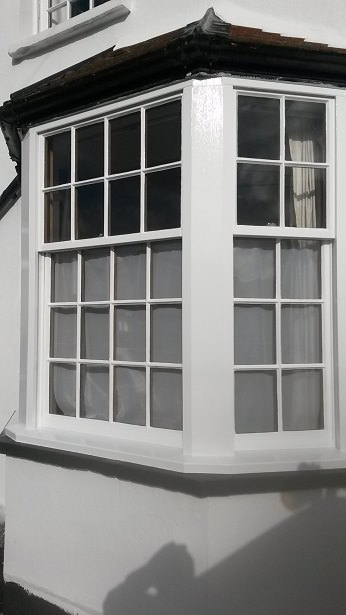Happy days Jacob.Jacob":h005mibf said:Yep. Me too.ColeyS1":h005mibf said:.....
I think I like it !......
I've settled for the coach bolt plus cable ties. Cost zero, 2 seconds to set up!
Round bolt head and soft ties means no damage to the tin. The ties can be over long and scour nicely around the inside of the tin.
Still gets air bubbles - but all methods will except the lid-on tin shake method. Fix paint tins to bike wheels perhaps?
Incidentally - the two year old half full tin of linseed paint was in excellent nick. No skinning over, just firmly settled and in need of a good stir.
If it had been normal modern paint it would have been a solid lump.
Sent from my SM-G900F using Tapatalk








